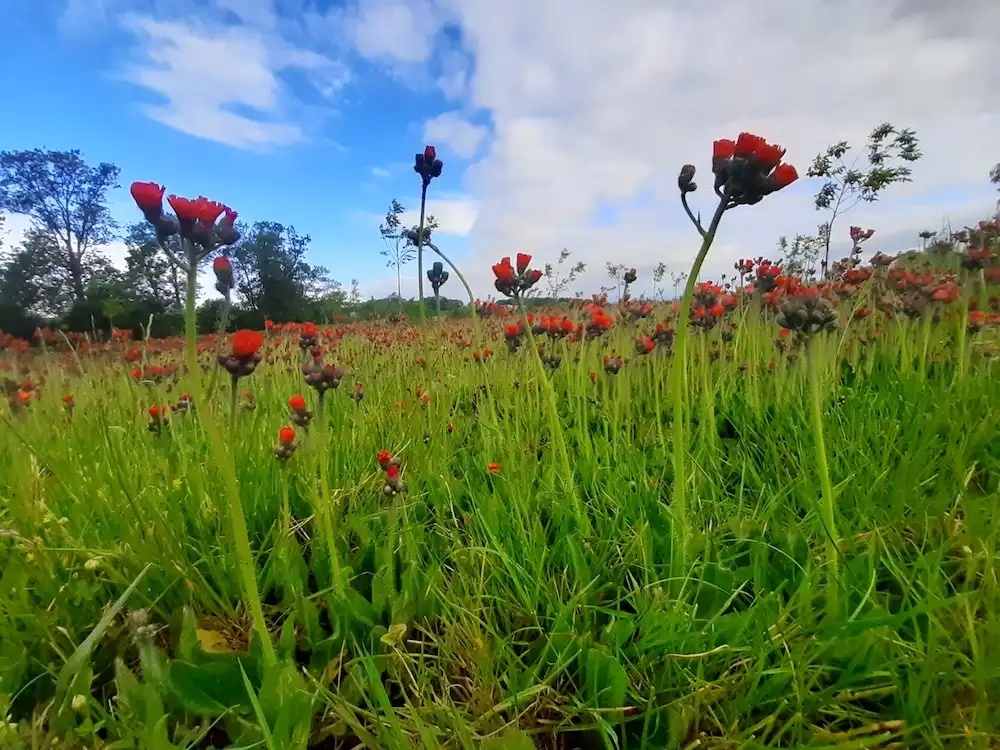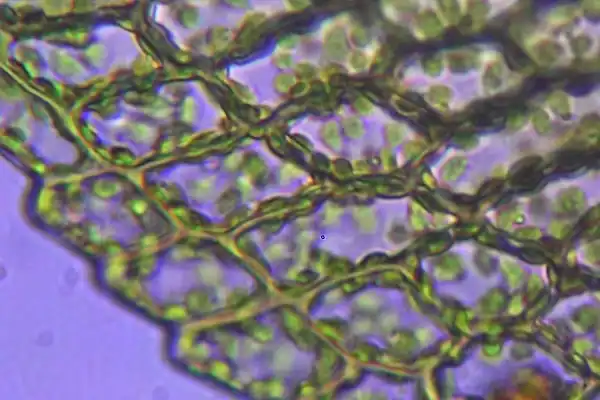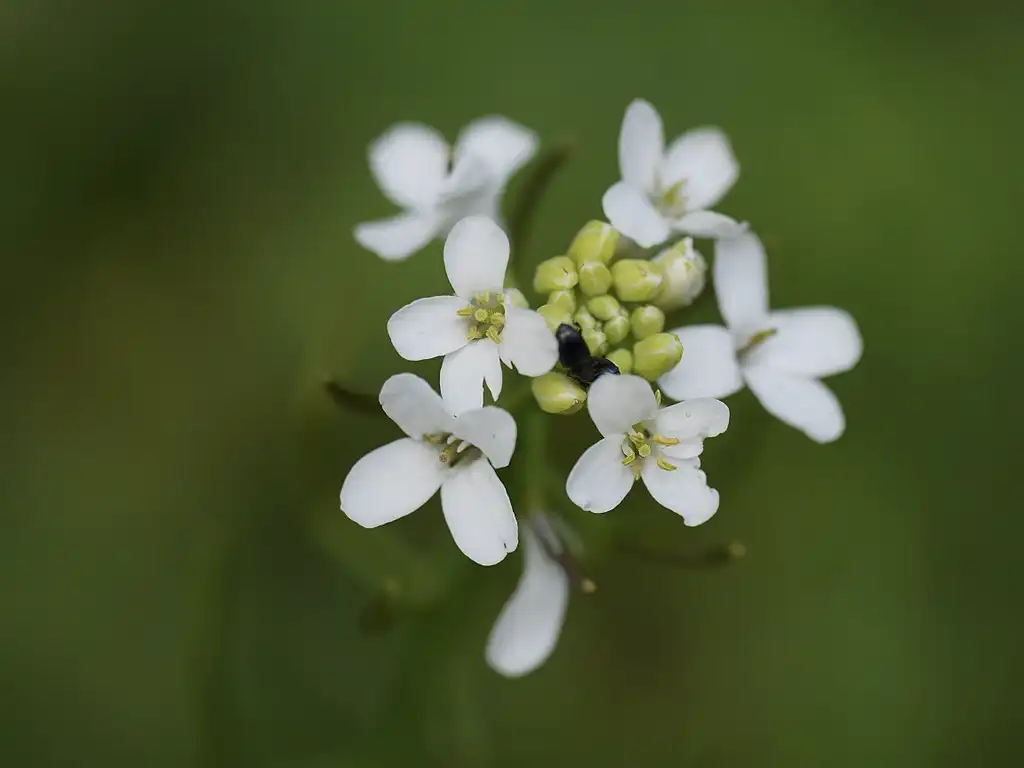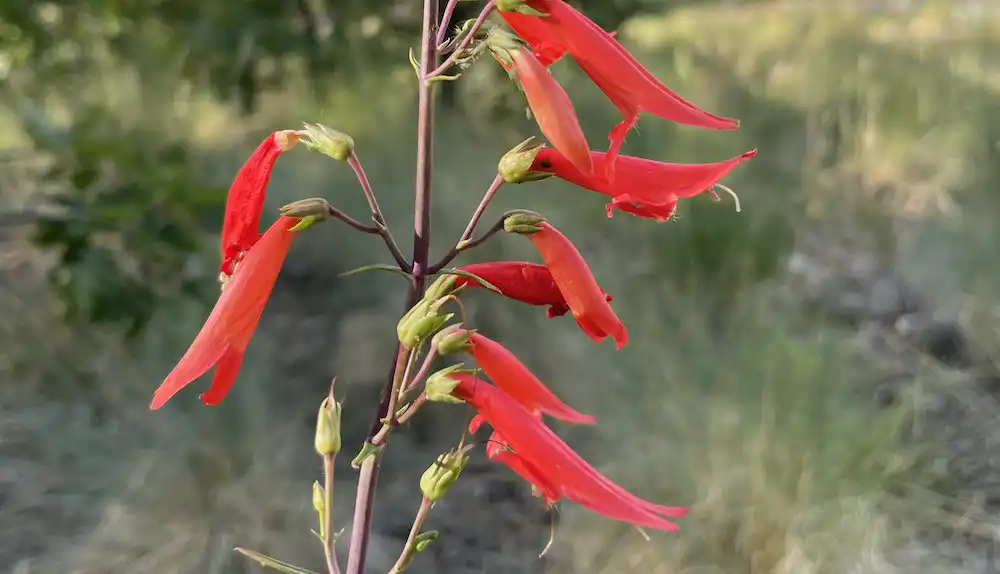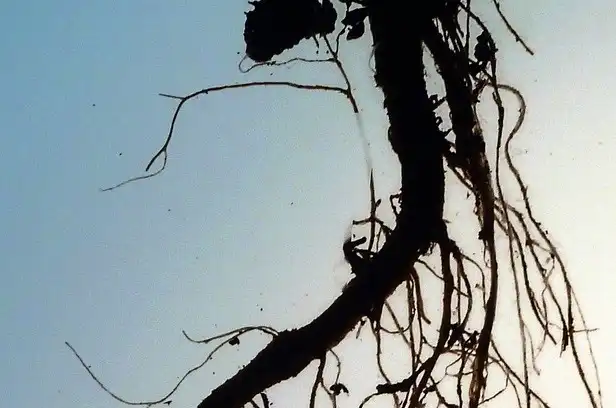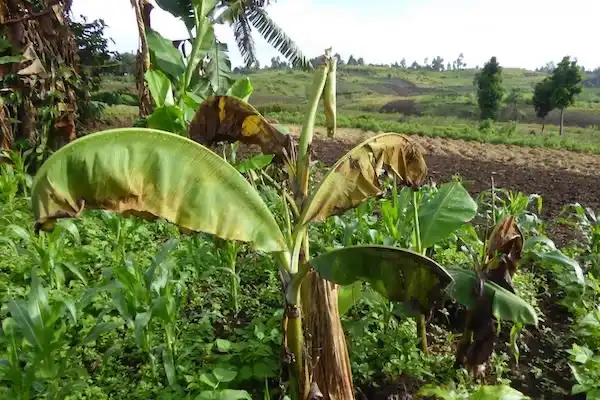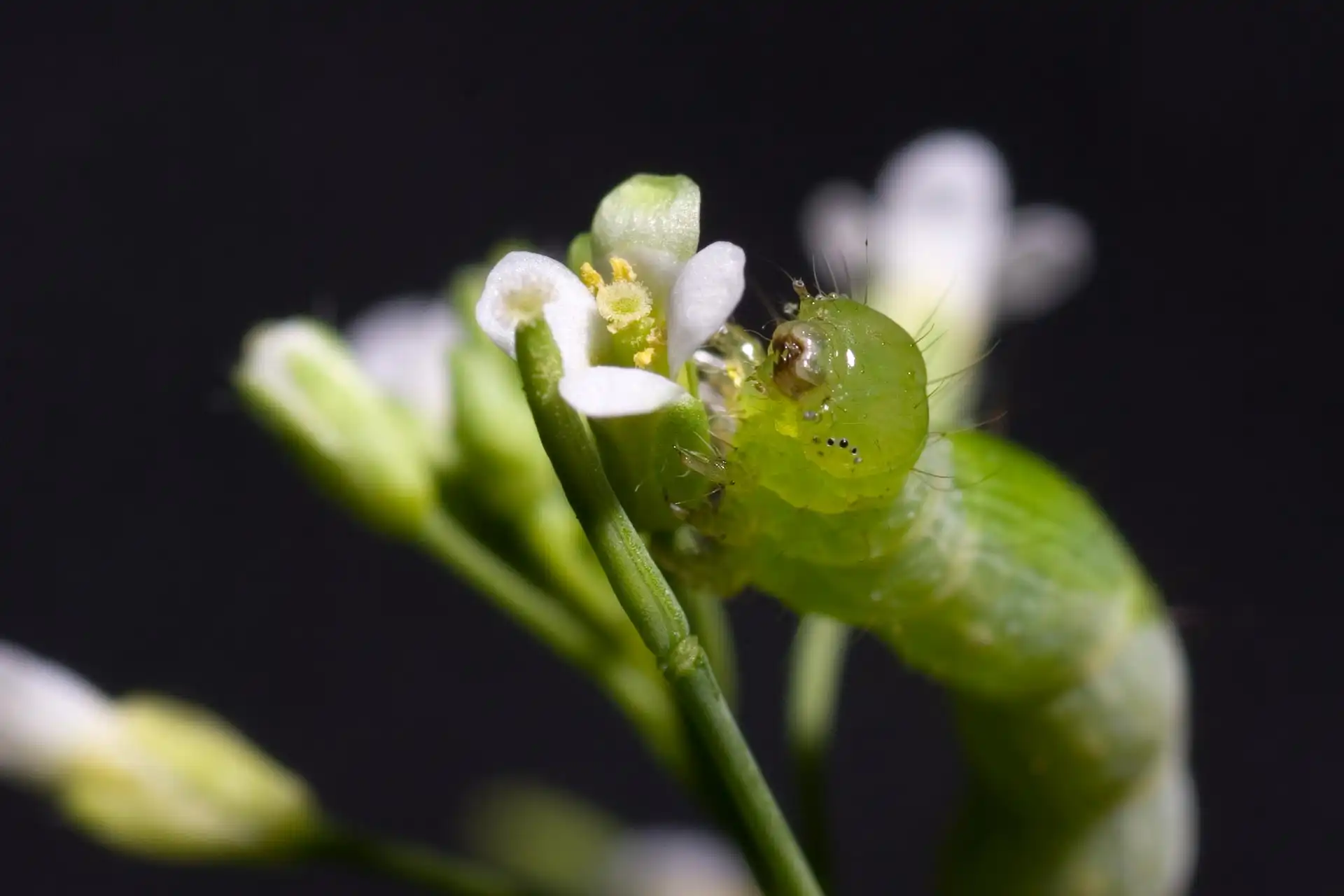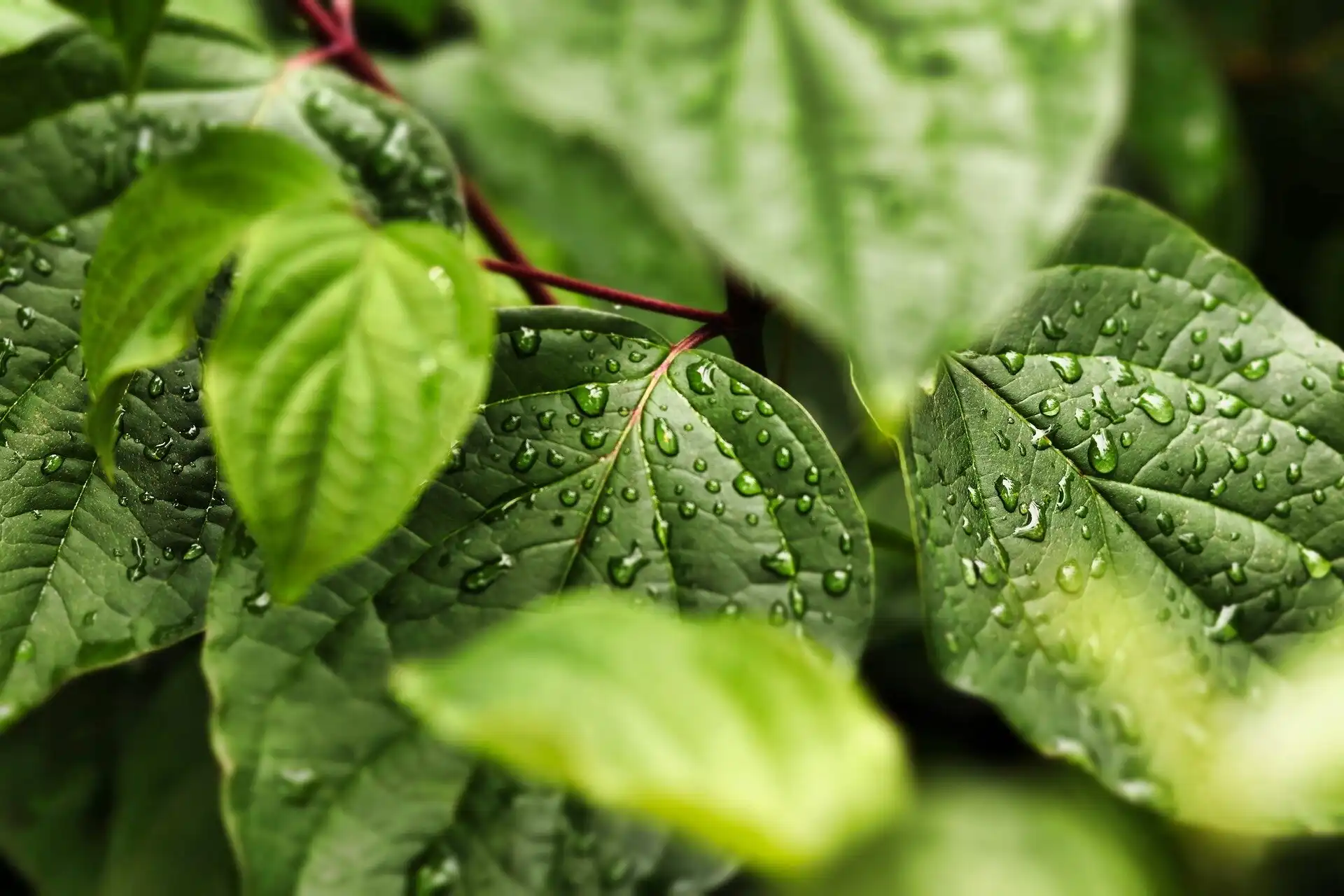For reasons of food security and economic incentive, farmers continuously seek to maximize their marketable crop yields. As plants grow inconsistently, at the time of harvesting, there will inevitably be variations in quality and size of individual crops. Finding the…
Read More


